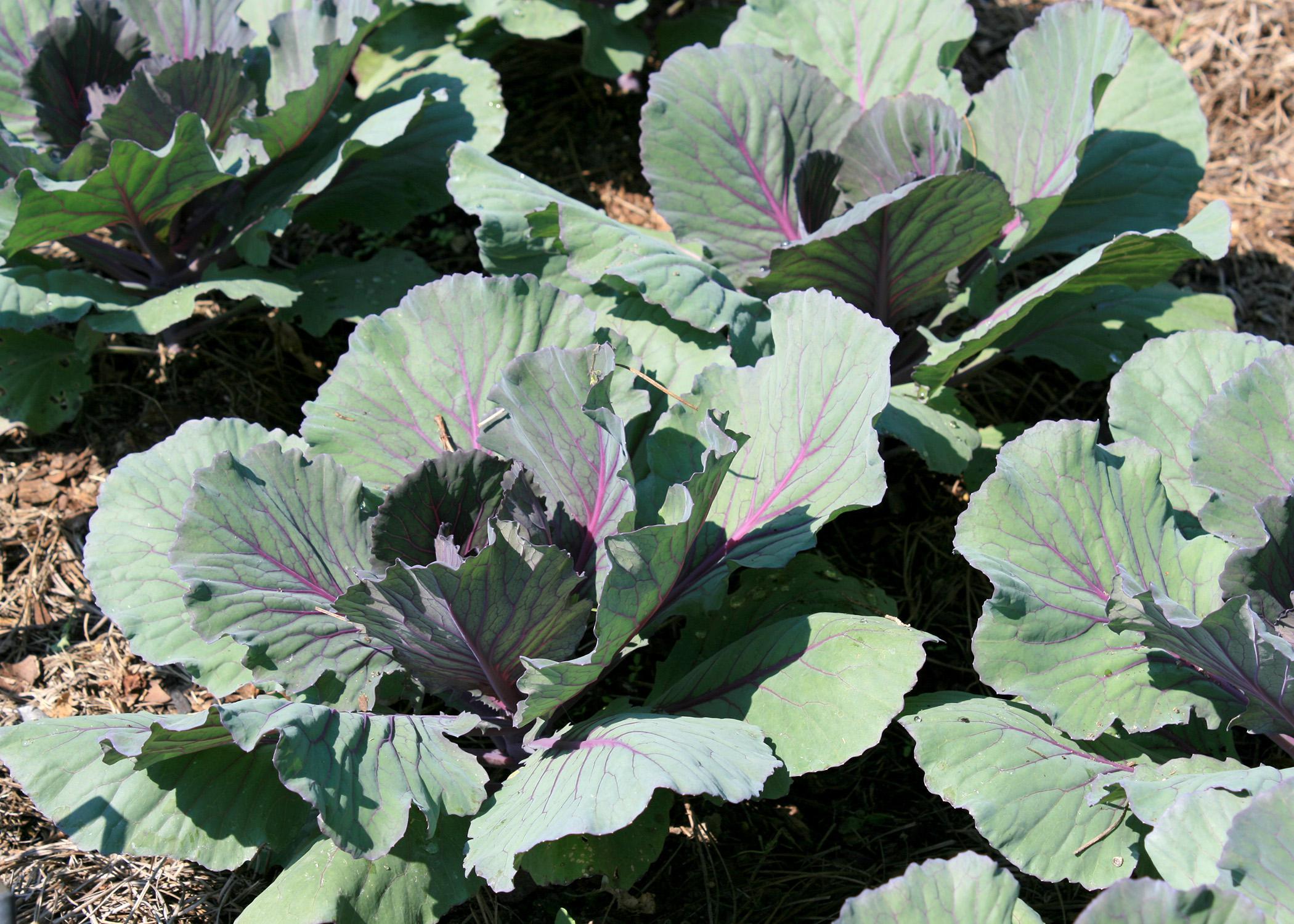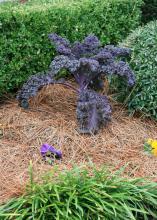Information Possibly Outdated
The information presented on this page was originally released on November 12, 2012. It may not be outdated, but please search our site for more current information. If you plan to quote or reference this information in a publication, please check with the Extension specialist or author before proceeding.
Kale, cabbage jazz up winter landscapes
If you haven’t started planting your winter color, rest assured that it’s not too late. But when shopping at the garden center, resist the temptation to head straight to the pansies and violas. Consider adding some colorful ornamental kale and cabbage to your garden and landscape.
Ornamental kale and cabbage offer many different colors and leaf textures to add landscape interest. Don’t plant a single type. Mix and match for increased visual appeal. Many gardeners may not realize ornamental kale and cabbage are edible. In addition to jazzing up the winter landscape, the bright colors can add pizzazz to any fresh salad or stir-fry.
I have to admit that I like the red-colored selections. Redbor kale is an outstanding choice, a long-lived plant with frilly, solid purple-red leaves. Gardeners will notice that all ornamental kale and cabbage colors intensify as winter temperatures get colder. Though marketed for the cool winter months, I’ve seen this plant still looking good in July and August in south Mississippi.
Red Chidori kale forms extremely colorful loose heads. The new foliage in the center is a bright magenta red. As the leaves mature they take on a darker green, while veins maintain the magenta-red color.
Ornamental cabbage has a more uniform look when compared to kale. The Pigeon Purple variety forms round, semisolid heads with outer leaves that are dark green with purplish veins. As the season progresses, the new center leaves emerge in a purplish-red color. The Pigeon series also has white and pink selections.
Optimum success depends on proper planting. Always place the transplants in the ground up to the lower leaves. Ornamental kale and cabbage can look good as single specimens, but I like to mass them in the landscape for a more dramatic display.
Good soil drainage is a must. Adding composted organic matter at planting will increase drainage. But be careful not to let the soil dry out. Kale and cabbage like consistent soil moisture. Cold fronts moving through can be relatively dry. Under these conditions, the soil moisture can be rapidly depleted. Apply a layer of the mulch of your choice to help conserve soil moisture.
I like to add a tablespoon of 14-14-14 slow-release fertilizer into each planting hole to get the plants off to a great start. Feed every four weeks with water-soluble 20-10-20 or 20-20-20 fertilizer to keep the plant healthy and strongly growing.
Ornamental kale and cabbage are susceptible to cabbage loopers. These are easy to control with either Bacillus thuringiensis (Bt) or products containing the active ingredient spinosad.









